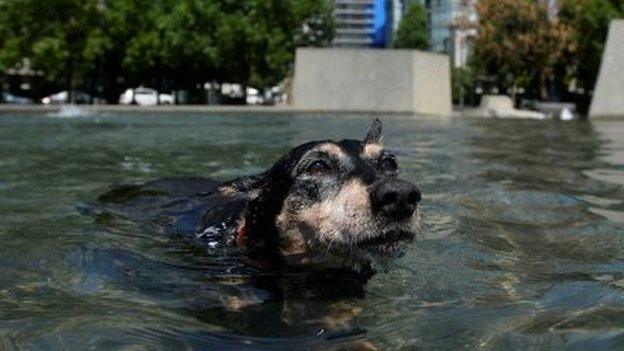What is a geyser? And how could climate change affect them in the US?
- Published
- comments
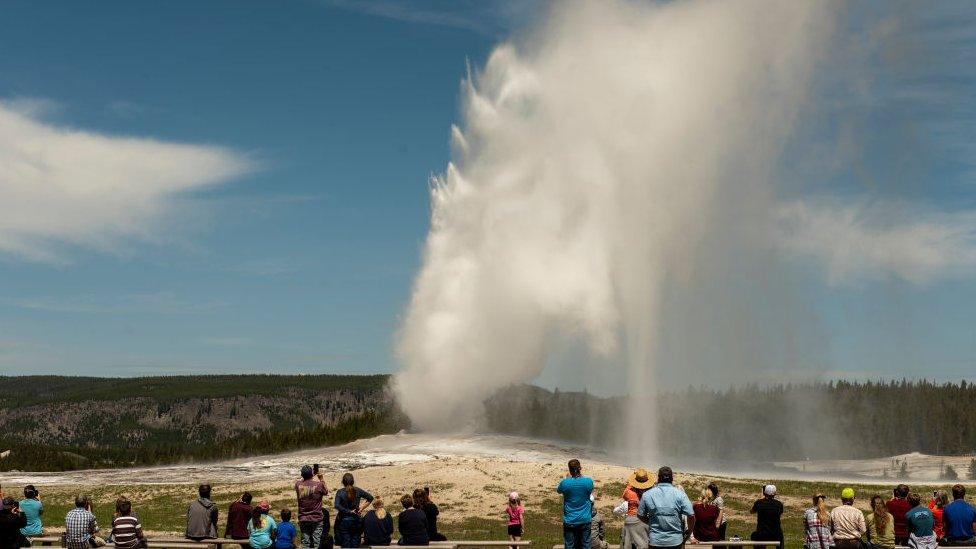
Old Faithful blasts jets of water high up into the air
Yellowstone National Park's most famous geyser could stop erupting due to climate change.
Old Faithful is the park's most famous geyser, sending jets of water and steam into the air every 44 to 125 minutes.
Millions of visitors travel to the National Park - which is in the United States - to see this popular display in action.
A geyser is a spring of water which has been heated geothermally, and which erupts at irregular times.
A new study has found that rising temperatures, reduced snowfall and increased rain threaten to shut Old Faithful off completely.
What is a geyser?
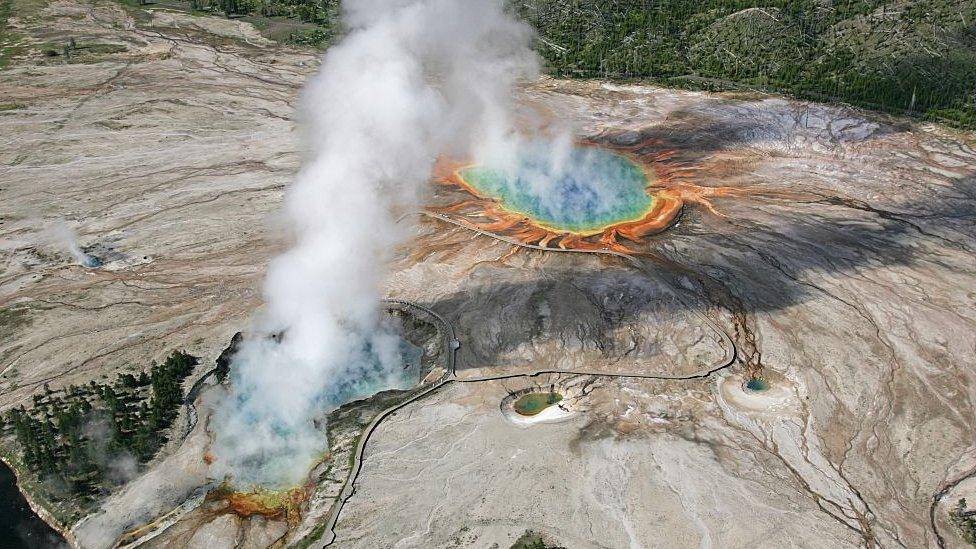
Excelsior geyser and Grand Prismatic Spring in Yellowstone National Park
According to the National Geographic, a geyser is a "rare kind of hot spring that is under pressure and erupts, sending jets of water and steam into the air."
Geysers are made from a tube-like hole that goes down into the Earth's surface and is filled with water. When the water at the bottom, which is near molten rock called magma, heats in the tube it begins to boil and the water is forced upwards and erupts.
After erupting the water slowly goes back down into the tube. Then the process starts again.
In 1872 it became the world's first national park
It is 3,472 square miles in size
Yellowstone is in three US states - it is mostly in Wyoming, but small parts of it are also in Montana and Idaho
Yellowstone is a super volcano. Three huge eruptions have happened in the last 3 million years
It is home to more than 500 active geysers
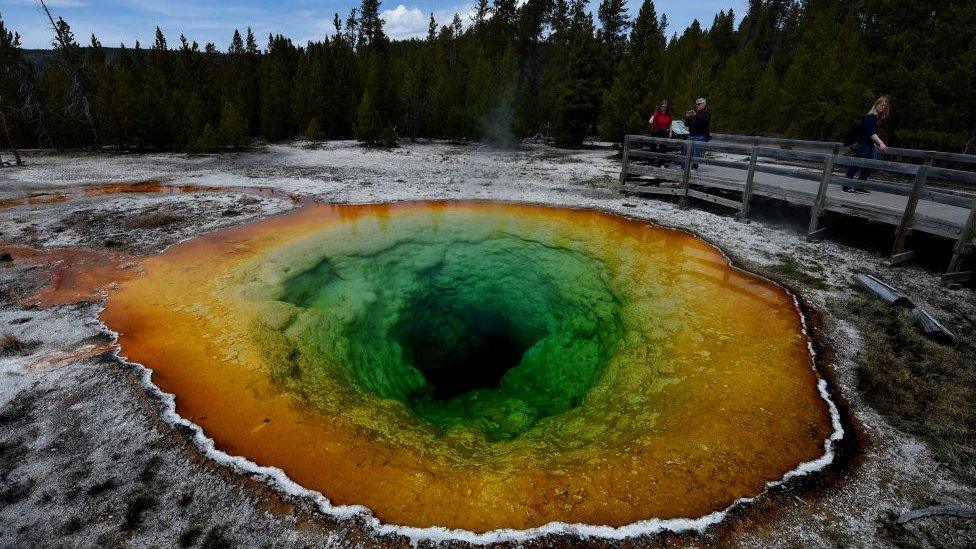
How is climate change affecting the geyser?
The recent study - published by the American Geophysical Union - found that rising temperatures, less snowfall and more rain could cause Old Faithful to stop completely by the end of the century.
This doesn't just affect that geyser but also the whole Yellowstone area.
Yellowstone National Park is the centre of the Greater Yellowstone Ecosystem which is one of the the world's last intact temperate ecosystems - which means that it has basically the same plants and animals that it had before humans arrived in North America.
Yellowstone is full of wildlife, vegetation, lakes and geological wonders. It's also a super volcano that's home to 10,000 hydrothermal features, including 500 geysers, the world's greatest concentration.
But, if temperatures at Yellowstone rise by 5.6C by the end of the century, as they are projected to, this vast ecosystem will be disrupted.
Old Faithful could stop sending jets of water into the air and the snowpack that feeds rivers in the nearby areas could disappear.
Climate change is not new, but the link between how the temperature and water affect these geysers are.
About 800 years ago, extreme heat and drought made Old Faithful stop for decades, which changed everything from what plant species grew in the area to what the land looked like.
By using the park's past, scientists are trying predict what could happen in the future.
- Published29 June 2021
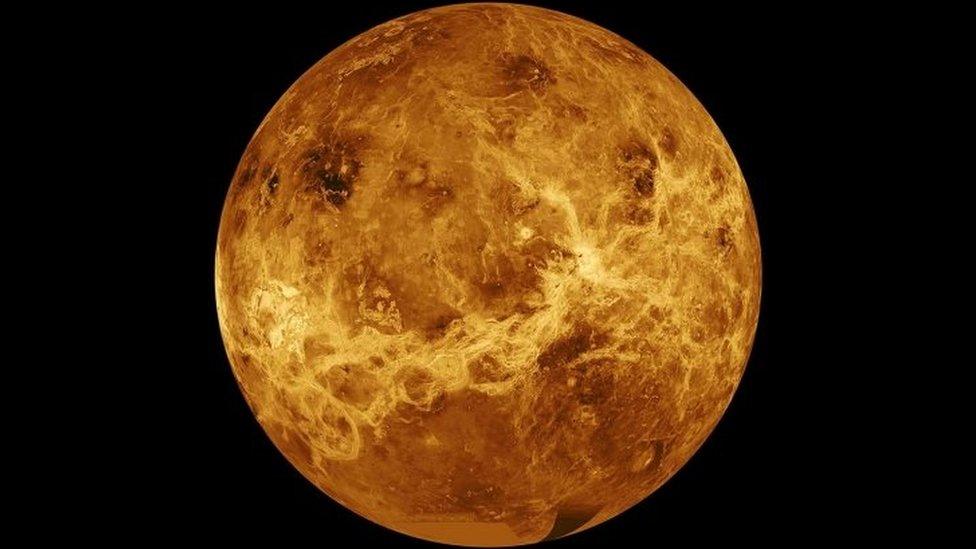
- Published1 July 2021
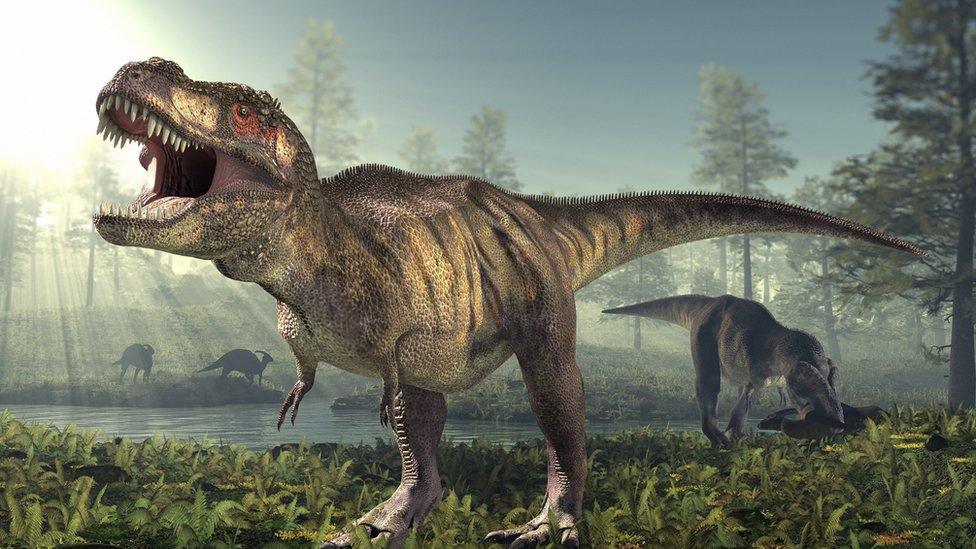
- Published1 July 2021
